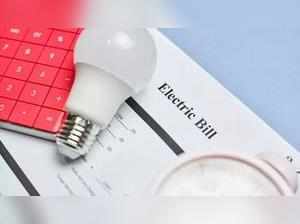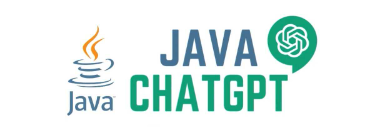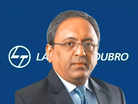 TNN
TNNBudget with ET
Costliest electricity in the city
In another ruling, the DERC approved a 50.86% Power Purchase Adjustment Cost (PPAC) charge for NDMC areas in the first quarter of the 2025-26 financial year. With this hike, electricity in NDMC areas has become the most expensive in Delhi.In contrast, DERC reduced PPAC charges in December 2024 for areas under BSES Yamuna Power Limited, BSES Rajdhani Power Limited, and Tata Power Delhi Distribution Limited by 16-25%. This reduction is expected to lower electricity bills for consumers in these areas by a few hundred rupees starting with the next billing cycle.
Comparison of electricity bills
Estimates show that a consumer in NDMC areas will pay Rs 5,398 for 600 units of electricity in the upcoming billing cycle. In comparison, bills for the same consumption will be Rs 4,313 in Tata Power areas, Rs 4,239 in BSES Rajdhani areas, and Rs 4,093 in BSES Yamuna areas. For the April-June 2025 quarter, the bill for 600 units in NDMC areas is expected to decrease slightly to Rs 5,281.PPAC mechanism and its implications
PPAC is a surcharge approved by the electricity regulator to manage fluctuations in power purchase costs, which largely depend on coal and fuel prices. The Union Ministry of Power mandated in November 2021 that all state regulatory commissions implement a mechanism for automatic cost pass-throughs to ensure the viability of the power sector. However, in Delhi, discoms must seek DERC approval before levying PPAC charges.Officials highlight that about 25 states and union territories have adopted the fuel surcharge adjustment mechanism. A senior Delhi government official explained, “PPAC is a statutory mandate, and the process is highly transparent and validated by the regulator. Without PPAC, discoms would face liquidity stress and lack the funds necessary to pay the generators.”
The official added that PPAC ensures timely cost recovery, avoiding additional burdens on consumers due to interest costs.
Impact on NDMC consumers
NDMC officials have not commented on the latest developments. TOI sources indicate there are approximately 70,000 power connections in NDMC areas, with over 60% being domestic users. The rising electricity costs are likely to affect a significant portion of these consumers.(Catch all the Business News, Breaking News, Budget 2024 Events and Latest News Updates on The Economic Times.)
Subscribe to The Economic Times Prime and read the ET ePaper online.
Read More News on
(Catch all the Business News, Breaking News, Budget 2024 Events and Latest News Updates on The Economic Times.)
Subscribe to The Economic Times Prime and read the ET ePaper online.









































 Get Unlimited Access to The Economic Times
Get Unlimited Access to The Economic Times
